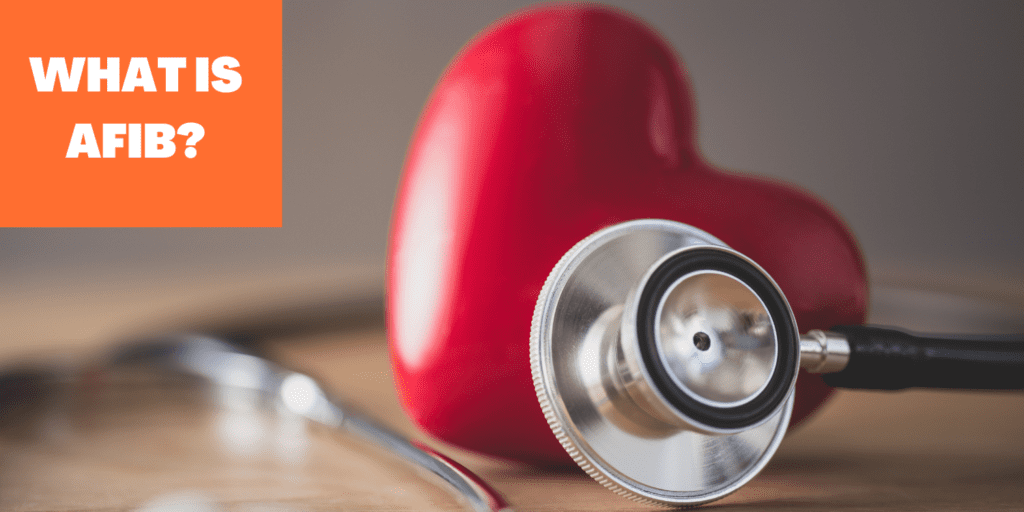
What is AFIB?
AFib stands for atrial fibrillation (AF), a type of arrhythmia or abnormal heartbeat. Atrial fibrillation is caused by very fast, irregular beats (usually more than 400 beats per minute) from the upper chambers of the heart.
A normal, healthy heartbeat requires regular contractions of the heart muscle. Contractions occur approximately once per second at rest and increase with exercise. Each contraction pushes blood from the atria (the upper two chambers) into the ventricles (the lower two chambers). The ventricles then contract, pushing blood out to the lungs and other parts of the body.
What is AFIB of the Heart?
However, in people with atrial fibrillation, abnormal electrical signals cause the atria to contract erratically and much faster than normal. After that, the atria become out of sync with the ventricles. Blood can pool in the atria, causing blood clots and stroke. Atrial fibrillation causes the heart’s lower chambers to beat too quickly, which can lead to heart failure.
What are the types of Afib?
There are three types of atrial fibrillation:
- Paroxysmal Afib: This type of Afib occurs intermittently and stops on its own within seven days.
- Persistent Afib: This type of atrial fibrillation lasts longer than seven days. Unlike paroxysmal Afib, it may require cardioversion (electric shocks to the heart) to restore normal rhythm.
- Long-standing persistent Afib: This is similar to persistent Afib, but lasts longer than a year.
What is a Dangerous Heart Rate with AFIB?
In atrial fibrillation, the heart rate is irregular and can sometimes be very fast. In some cases, it can be considerably higher than 100 beats a minute.
This can cause problems including dizziness, shortness of breath and tiredness.
You may be aware of noticeable heart palpitations, where your heart feels like it’s pounding, fluttering or beating irregularly, often for a few seconds or, in some cases, a few minutes.
How is Afib diagnosed?
If doctors suspect a diagnosis of atrial fibrillation, they do physical tests, including checking the heart rate and rhythm. Also order an electrocardiogram (EKG or EKG), the definitive test for diagnosing atrial fibrillation. The ECG uses round sensors (electrodes) placed on the chest, arms and legs. A wire connects the sensor to a machine that measures the current in the body. The results provide the following information:
- heart rate and rhythm
- how the heart’s electrical signals are transmitted
- What part of the heart causes contractions
- Because atrial fibrillation can come and go, a single ECG may not detect the problem. Your doctor may recommend a special ECG monitor to record your heart rhythm over time.
If you or a loved one have any issues or systems regarding Afib Atrial Fibrillationand want to engage in a clinical trial, please make sure to Contact Us today.
You can inquire about this Clinical Trial based on both of our locations.
